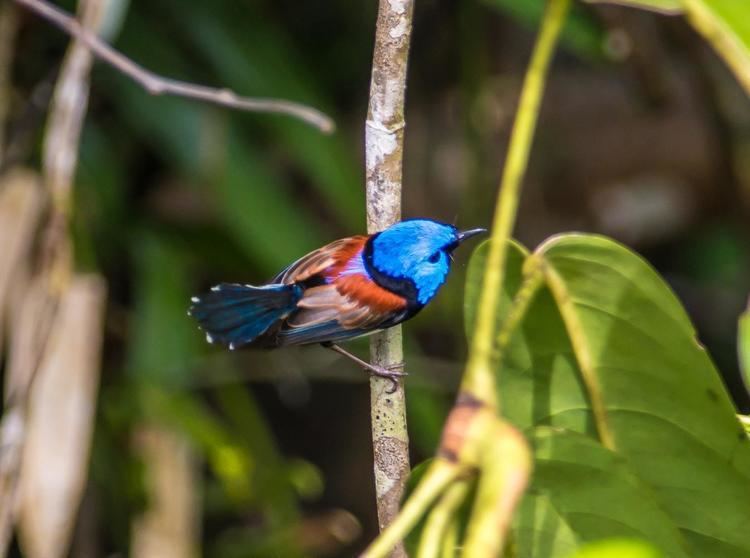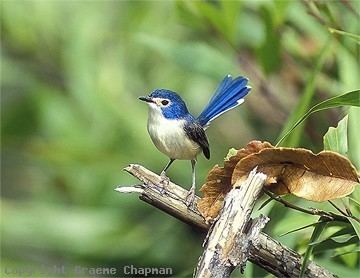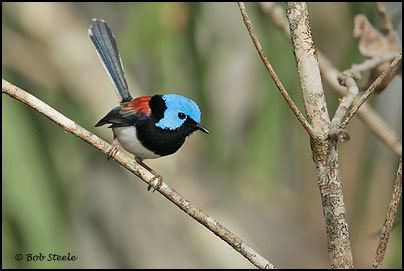Phylum Chordata Rank Species | Family Maluridae Higher classification Malurus Order Passerine | |
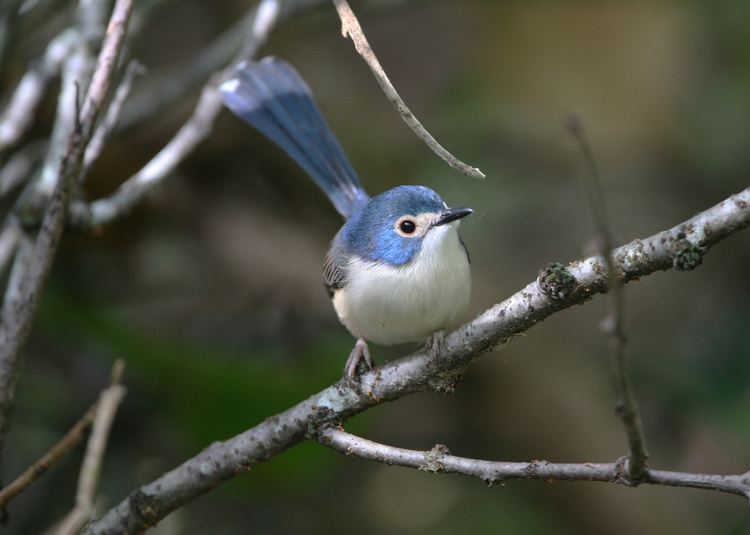 | ||
Similar Bird, Malurus, Variegated fairywren, Red‑winged fairywren, Maluridae | ||
The lovely fairywren (Malurus amabilis) is a species of bird in the Maluridae family. It is endemic to northeastern Australia. Its natural habitats are subtropical or tropical dry forests and subtropical or tropical moist lowland forests.
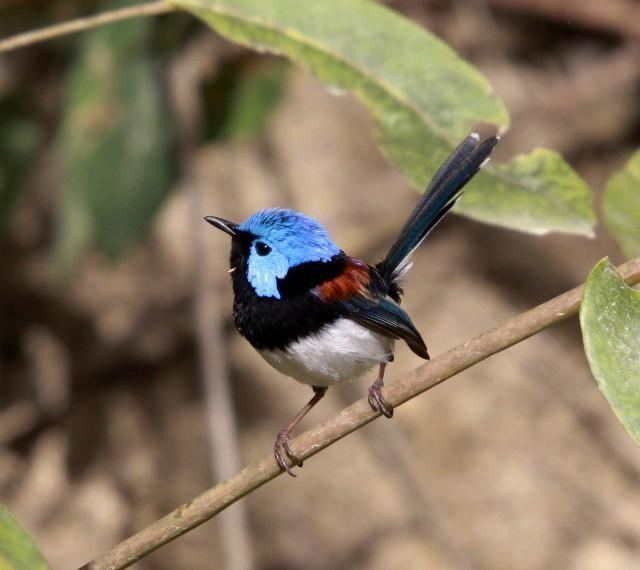
It was first described by the ornithologist John Gould in 1852, from a specimen collected by Captain Owen Stanley in Cape York. Its species name is the Latin adjective ămābǐlis "lovable". It is one of 12 species of the genus Malurus, commonly known as fairywrens, found in Australia and lowland New Guinea. Within the genus it belongs to a group of four very similar species known collectively as chestnut-shouldered fairywrens. The other three species are localised residents in restricted regions of Australia: the widespread variegated fairywren (M. lamberti), the red-winged fairywren (M. elegans) of the southwest corner of Western Australia, and the blue-breasted fairywren (M. pulcherrimus) of southern Western Australia and the Eyre Peninsula. A 2011 analysis by Amy Driskell and colleagues of mitochondrial and nuclear DNA found that the lovely fairywren was nested within the variegated fairywren complex, and was the sister taxon of the purple-backed subspecies assimilis.
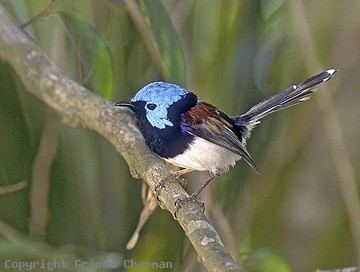
Like other fairywrens, it is notable for its marked sexual dimorphism, males adopting a highly visible breeding plumage of brilliant iridescent blue and chestnut contrasting with black and grey-brown. The brightly coloured crown and ear tufts are prominently featured in breeding displays. The male in breeding plumage has striking azure blue ear coverts, crown and upper back, a black throat and nape, chestnut shoulders and a white-tipped blue tail. The wings are black and the belly white. Non-breeding males are more variable and resemble the female or have a more grey-brown plumage. The female has smoky blue upperparts and tail, with turquoise ear tufts, and dark grey wings, and white below. Both sexes have black bills, brown eyes and flesh-grey feet. Immature birds resemble females but have brown bills.
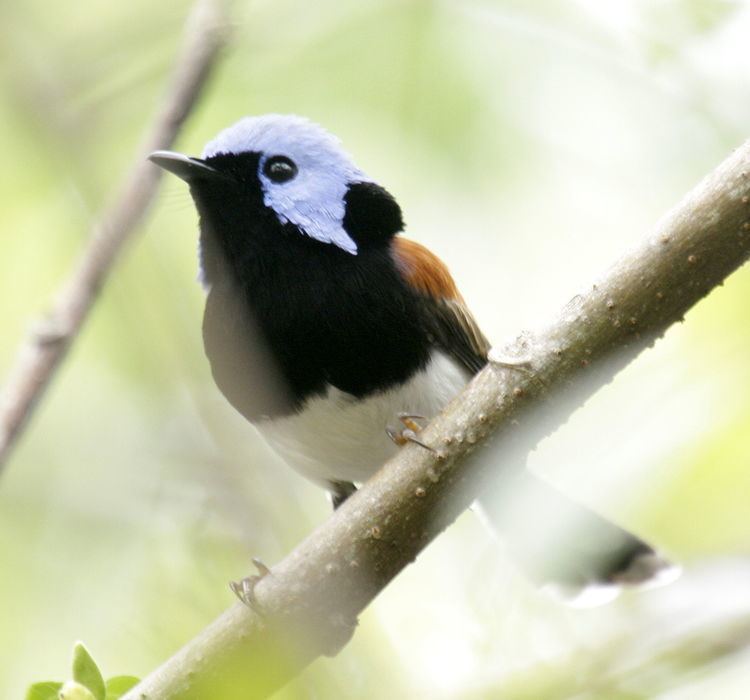
Works cited
